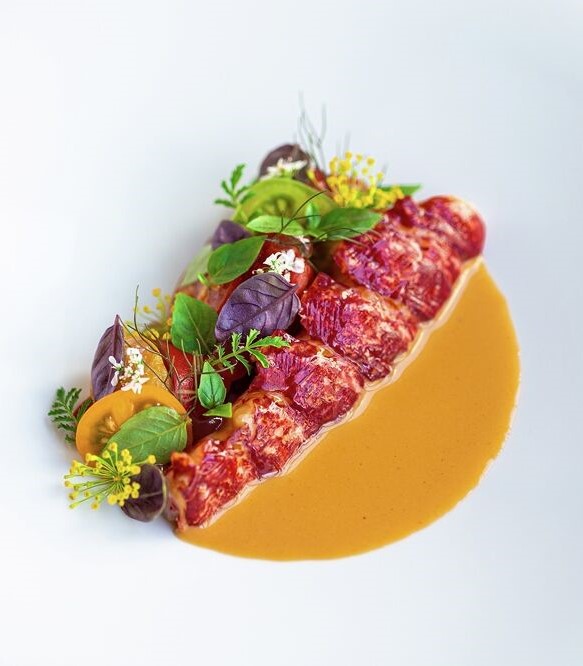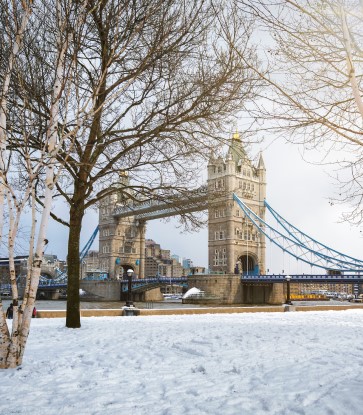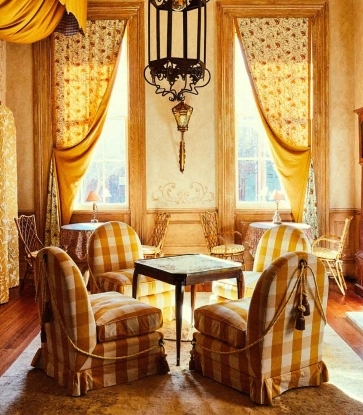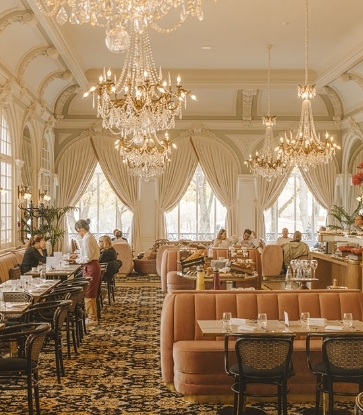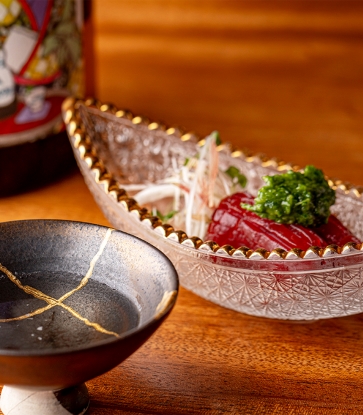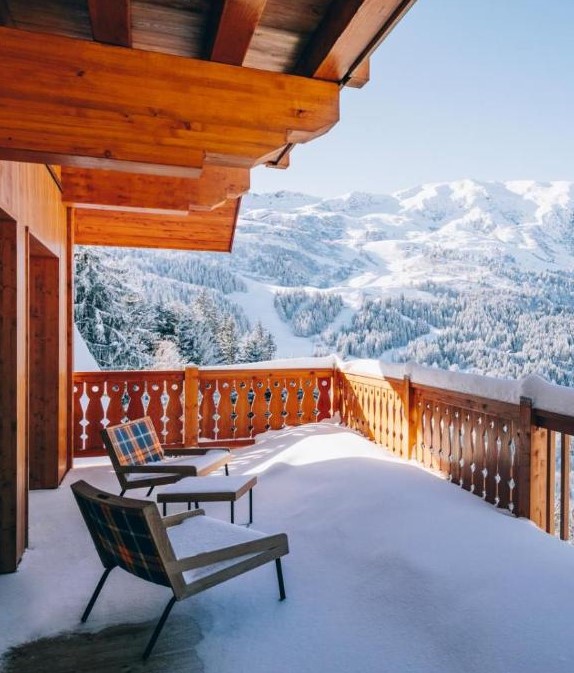With well-preserved temples, shrines and lush parklands, Nara is a city where history and nature coexist, all within a compact and walkable area. In 710, Nara was established as Japan’s first permanent capital, serving as the political and cultural heart of the nation for over 70 years.
The capital was subsequently moved to Kyoto in 784 as the government grew wary of the increasing power of the city’s Buddhist clergy. As a result, Nara was spared many of the conflicts that plagued more strategic locations over the centuries, and many of the city’s architectural treasures survived intact. Nara’s legacy endures to the present day with an impressive collection of historic and cultural landmarks, making it a must-see destination during your visit to Kyoto.
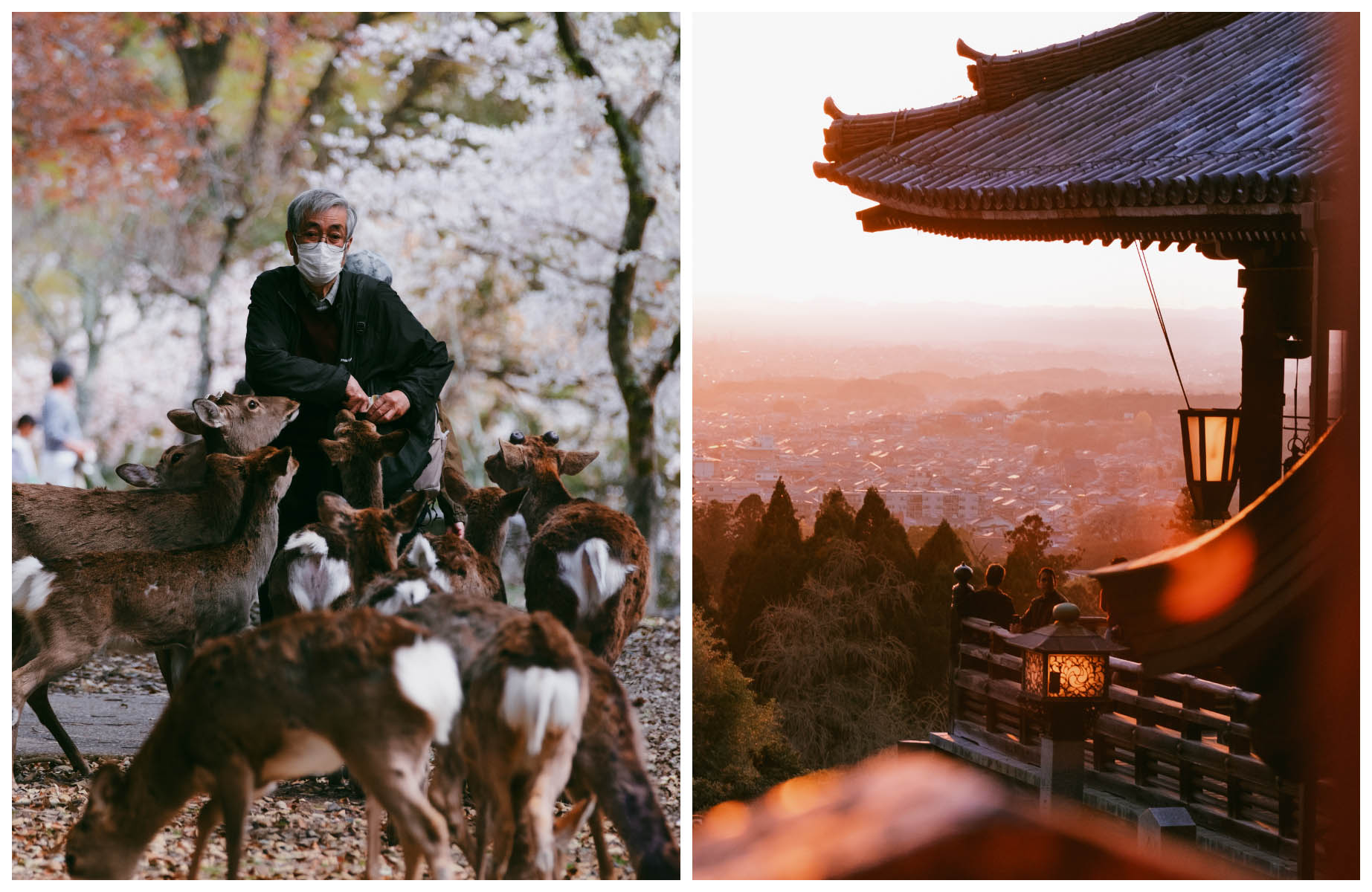
A Storied Cultural Legacy
One of Nara’s most iconic sights are the free-range deer that make their home in Nara Park, a sprawling green oasis in the heart of the city. Considered sacred messengers in Shinto tradition, more than 1000 of the animals wander freely throughout the park. Enjoy interacting with the deer, taking photos and feeding them special crackers available for purchase around the park. Just remember to treat them with respect, as they are wild animals. However, don’t linger too long with the deer. There is so much to see in Nara — plan your time accordingly to make the most of your time in this enchanting city.
Begin by exploring Nara Park, where you’ll find three magnificent cultural sites. Sitting in the northern part of the park, Todai-ji Temple is considered the most important of Nara’s great temples and should be on every visitor’s list. Chief among the many points of interest is the Great Buddha (Daibutsu), a massive bronze statue situated within the Daibutsuden, one of the world's largest wooden structures.
Nearby, the vermilion and white Kasuga Taisha Shrine presents a different spiritual atmosphere. Set among an ancient forest, the approach to the shrine is lined with numerous stone and bronze lanterns, which are illuminated during biannual festivals. The garden near the shrine is particularly lovely when the wisteria (late April to May) and irises (early June) are blooming. Kofuku-ji Temple, a historic site linked to the powerful Fujiwara clan, features a prominent five-story pagoda. Standing just over 50 meters, it’s the second tallest wooden pagoda in Japan.
For a peaceful retreat amid these sacred sites, walk over to Ukimido Gazebo, a graceful wooden gazebo seemingly floating atop Sagi-ike Pond in Nara Park. The stunning hexagonal structure and thatched cypress roof look equally lovely reflected in the pond’s tranquil waters. A short walk away stands the Nara National Museum. Established in 1889, the museum showcases an impressive collection of Buddhist art, including sculptures, paintings, and ritual objects.
Then explore part of Nara that many visitors never discover: Naramachi, a historic district near Nara Park, retains its traditional atmosphere with narrow streets lined with machiya (townhouses) dating back to the Edo period (1603 to 1868). Visit restored residences, intriguing museums and shops selling handmade goods, and gain insight into Nara’s historical merchant culture while experiencing a quieter side of the city.
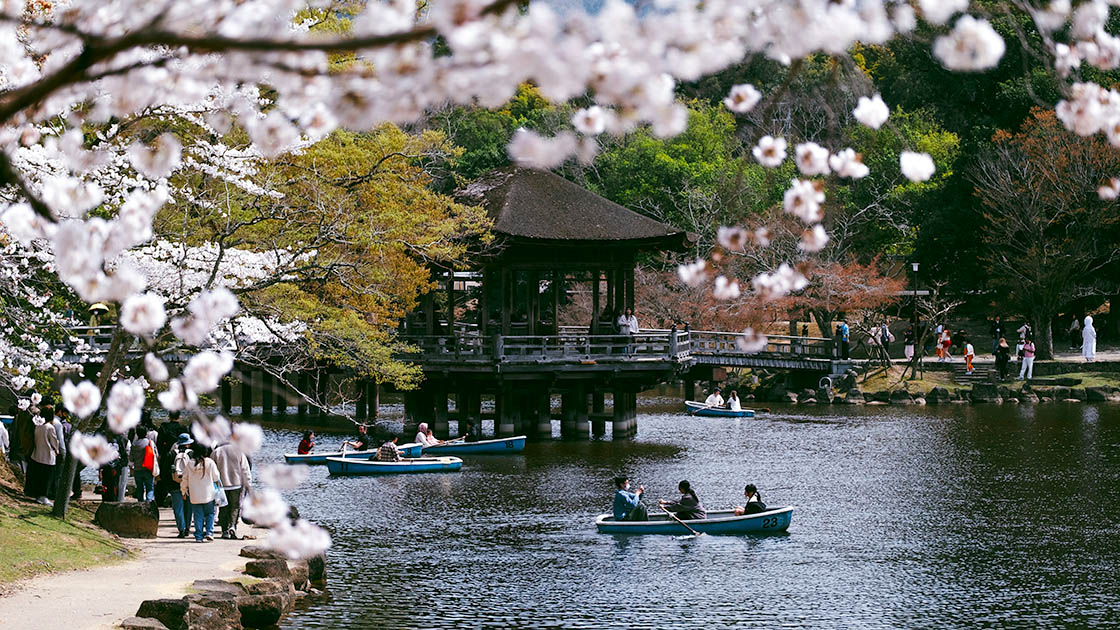
Hotels in the Historical Heart of Nara
With so much to see and do in Nara, an overnight stay will allow you to experience the city on a deeper level. These centrally located Michelin hotels make ideal bases for exploring Nara at your own pace:
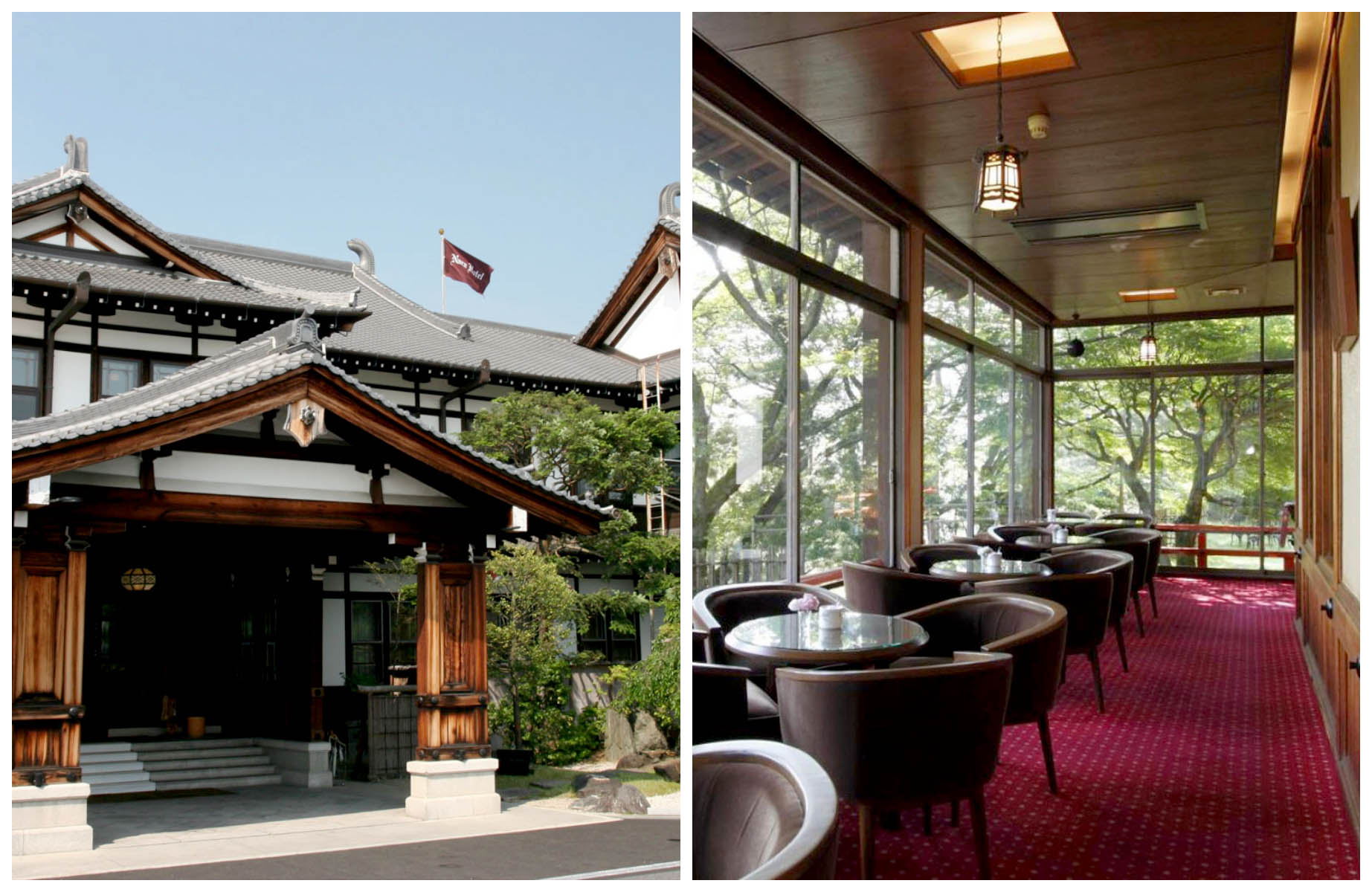
Established in 1909, the Nara Hotel draws on its proud heritage as one of the earliest Western-style hotels in Japan, serving as an important space for exchanging ideas and culture. Over the years, it has welcomed royalty, world leaders and celebrities. The guestrooms marry tasteful tradition with contemporary comfort, and dining options include French and Japanese cuisine, along with a classic tea lounge. Next to the hotel is the Former Daijoin Temple Garden, a peaceful traditional strolling garden centered around a lake.
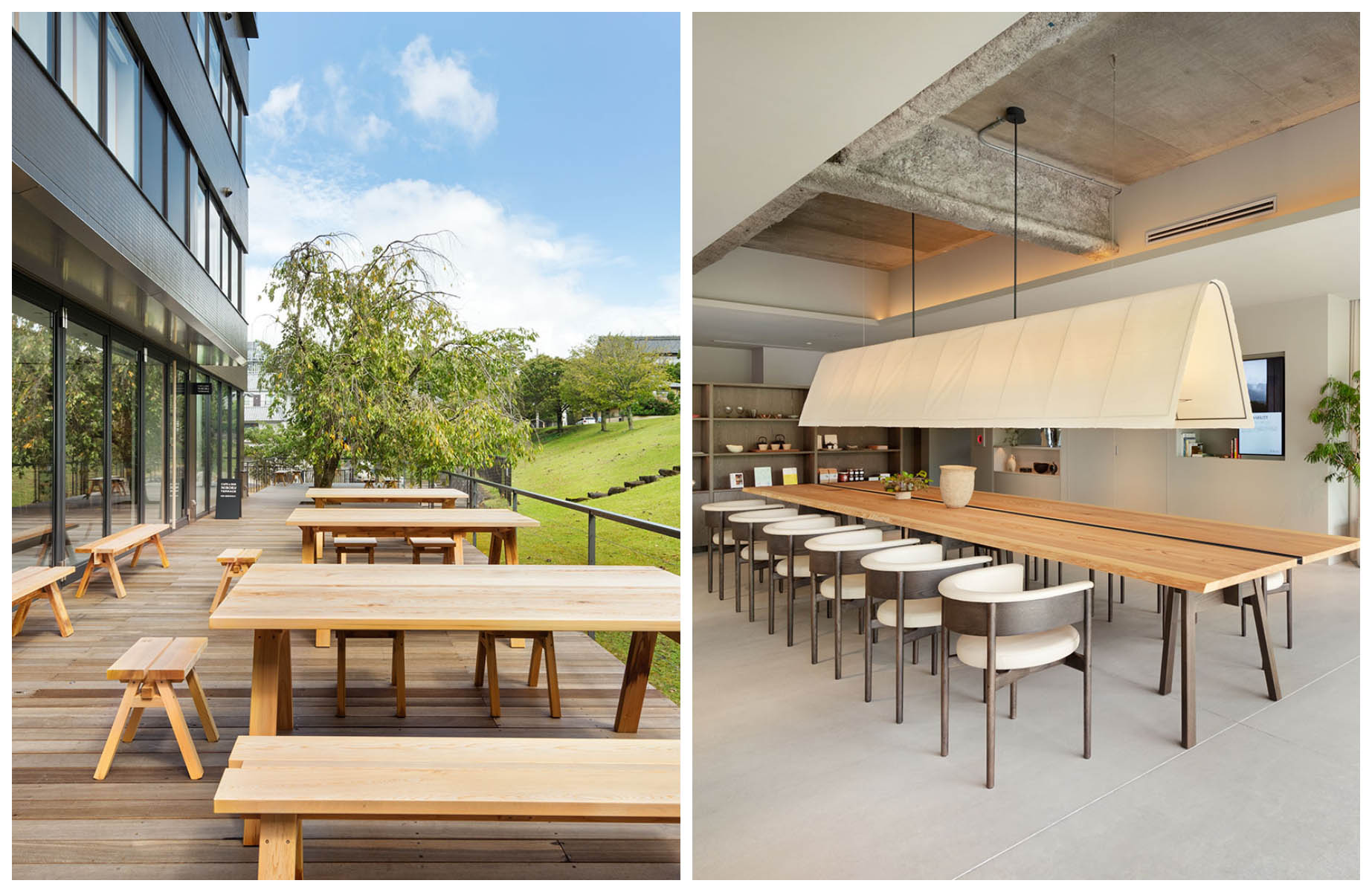
Miroku Nara by The Share Hotels offers a modern perspective on Nara, showcasing the work of young architects and designers. The café bar serves as a breakfast venue for guests in the morning and then as a welcoming space for both guests and visitors from mid-morning until late at night. Get a close-up view of Nara’s famous deer from the café bar’s terrace.
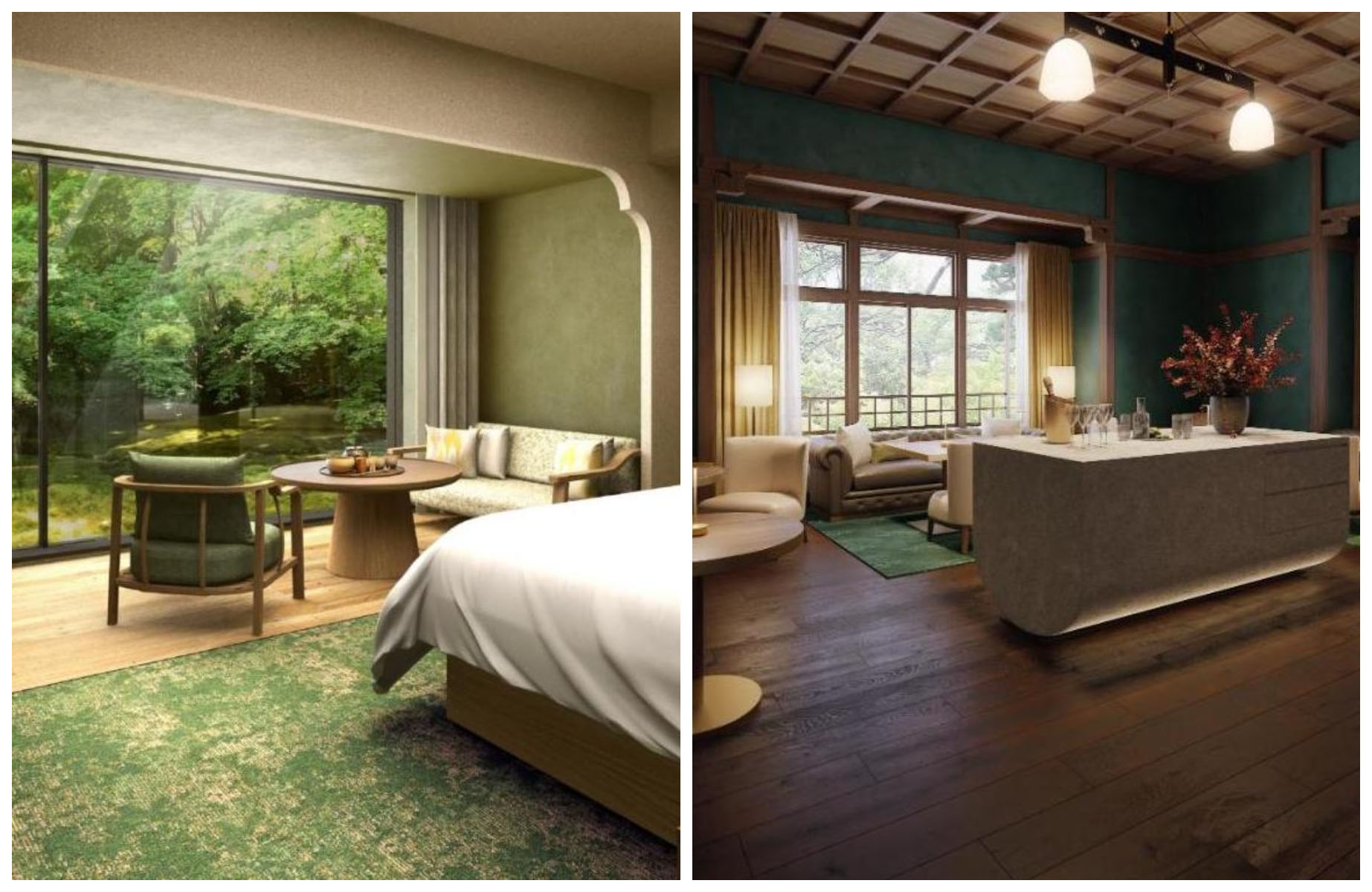
Those seeking a blend of traditional Japanese design and modern indulgence will appreciate Shisui, A Luxury Collection Hotel, situated to the west of Nara Park and adjacent to the lovely Yoshikien Garden. Formerly the site of the Nara Prefectural Governor’s Office, much of the original 1920s architecture has been preserved in the reception and lobby areas, complemented by a contemporary wing housing the guest rooms. Facilities include a restaurant, sushi bar, gym and spa. A highlight is the daily champagne hour, when guests are treated to complimentary drinks, including non-alcoholic options, at Saryo Zeze, an atmospheric teahouse in the Shisui complex that was converted from a former temple building.
Food Culture with Tasteful Traditions
Nara boasts a surprisingly high number of Michelin-starred restaurants. Rich in natural resources and with a long history of cultivating high-quality produce, Nara is appealing to chefs who are particular about their ingredients. And with rent and operating costs being relatively lower than in larger neighboring cities like Kyoto and Osaka, it isn’t hard to see why Nara has such a thriving gourmet scene. Nara is very proud of its local meat and produce brands, which must meet stringent certification standards.
Names are prefixed with “Yamato,” taken from Yamato Province, the former name for Nara Prefecture. These include premium Yamato beef and Yamato pork, as well as vegetables known as “Yamato yasai”. Nara became a stronghold for Buddhism in the mid-sixth century, and temples and pilgrim lodgings began perfecting shojin ryori — a traditional vegetarian cuisine that avoids meat and fish and emphasizes compassion for all living things.

Taste the best of Nara’s offerings at AWA Naramachiten, set in a restored traditional machiya. The farm-to-table restaurant features kaiseki course meals prepared with local vegetables, grains and meat, with a commitment to preservation of local food culture and sustainable farming practices.
Getting there: From Kyoto Station, express trains reach JR Nara Station in 45 minutes and Kintetsu Nara Station in 35 minutes.
Hero image: Todaiji Negatsu / © Colin Wee/The MICHELIN Guide



